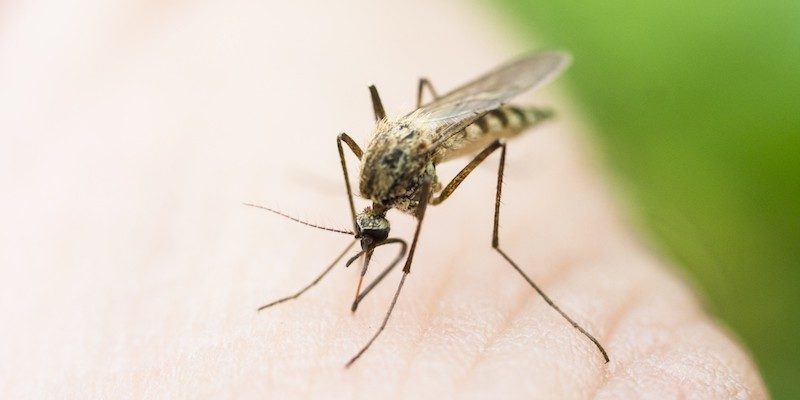The Zika Virus
February 26, 2016
Geyse Kelly da Silva’s head throbbed. Her joints ached. Her body experienced a fever and an irritating red rash. Although these symptoms were similar to those of the flu, she sought medical attention. However, after an ultrasound, she was devastated to discover that her daughter would have microcephaly. Months earlier, the Zika virus or microcephaly seemed alien to her; now, she prays her daughter, Maria Giovanna, can still live a normal life.
Because of the disease, Maria Giovanna is born with disastrous consequences–her brain stops growing during pregnancy or immediately after birth resulting in a smaller head size than normal. Seizures, developmental delay, intellectual disability, hearing loss, vision problems, and other symptoms can hamper her development through life. Four million malformed children face a similar fate.
During the same time, the Zika virus has spread in Brazil as well. Discovered in 1947, the disease primarily lived among monkeys, avoiding public speculation. Nobody cared, and why would they? Transmitted by mosquito, symptoms are relatively harmless–fever, rash, red eyes, and joint pain and virtually no deaths. But with the increase in both microcephaly and the virus, many believe a connection between the two has created the largest outbreak of a disease since Ebola.
However, the connection between the two has not been confirmed. Dr. Margaret Chan, the director general of the World Health Organization (W.H.O) made that distinction at a news conference in Geneva, where she explained that although evidence was increasing, “the understanding of the connection between the Zika virus and microcephaly was hazy.” Regardless, the escalating, widespread panic combined with the soaring number of microcephaly cases have provided enough reason for W.H.O to call the Zika virus a global emergency. Another push for action may have came from critiques of W.H.O and it’s director general for the delayed response to Ebola, as it raged through West Africa.
These risks didn’t seem to faze tennis players or fans during Rio’s Open Tennis tournament held earlier this month. The tournament sold out 6 sessions with an expected 60,000 tickets in total, a 10% increase from last year. Rafeal Nadal, the number one seated tennis player, was a “big driver for ticket sales.” With an unruffled attitude, he told a reporter, “I don’t know how serious the situation is…Things are going on like normal… I’m not scared. I’m not worried about this.” His opponent David Ferrer mimicked his attitude, simply promising to wear long sleeves and pant when going out but nothing more.
Nevertheless, with the Rio’s impending Olympic Games, other athletes are not as relaxed about the virus. U.S. soccer goalkeeper Hope Solo and other women athletes have promised to opt out of the Olympic Games if the situation persisted. Providing a unique rebuttal, long distance runner Shalane Flanagan pointed out that each international event lead up is accompanied by its own debates, controversies, and dilemmas. “I find that the countries rise to the occasion and make things great for the athletes,” she says. Concerning the Open Tennis tournament, Brazil did do just that. Days before the tournament, Brazil president Dilma Rousseff launched a nationwide campaign to combat and raise awareness for the virus. Protective measures, such as spraying pesticides and minimizing the risk of mosquito reproduction, were taken possibly to prove internationally that Brazil is capable of safeguarding the athletes.







